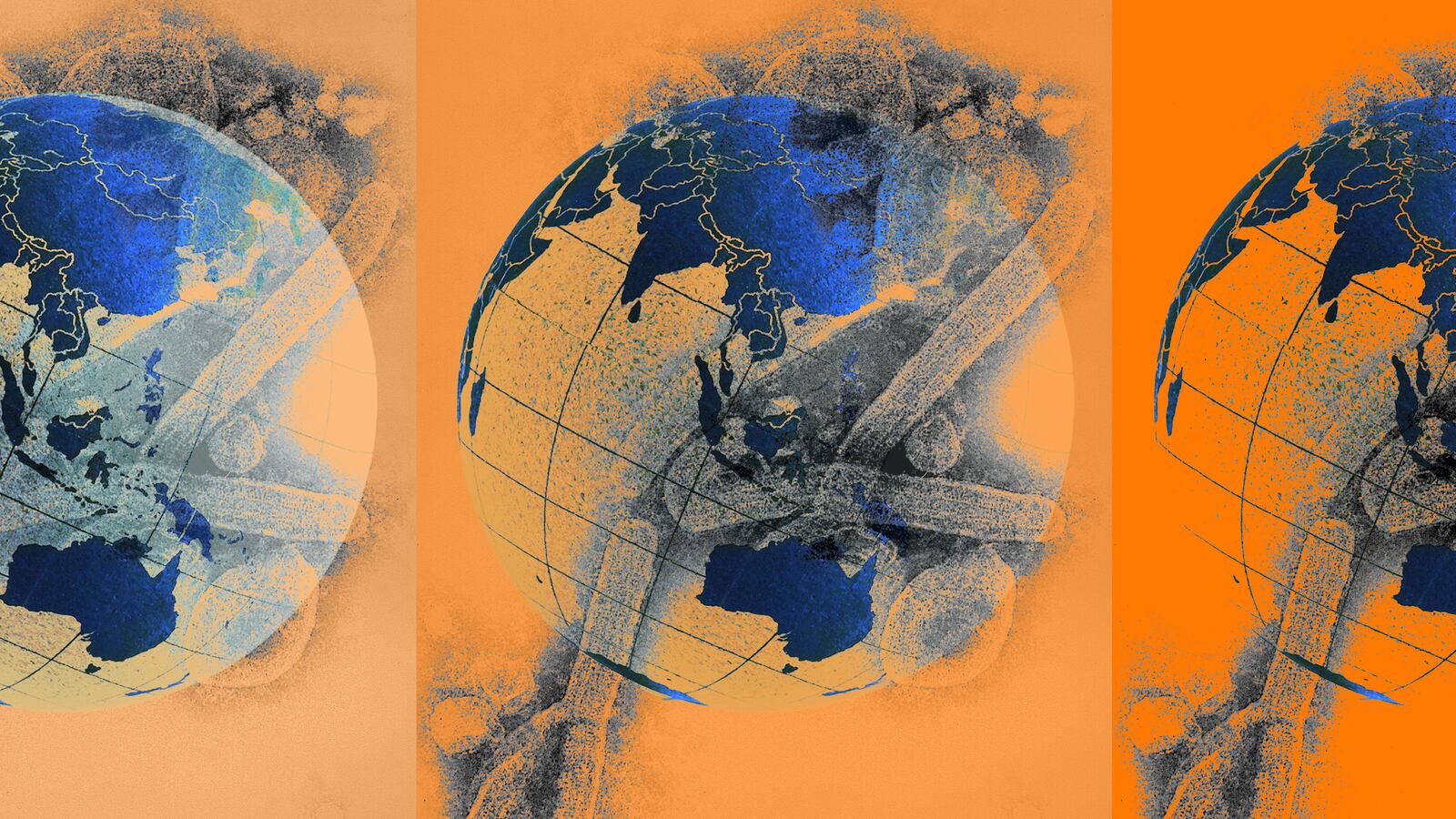For the first time, there are simultaneous separate outbreaks of the Marburg virus, a lethal pathogen that’s closely related to the Ebola virus.
The overlapping outbreaks in Equatorial Guinea and Tanzania are an ominous sign. The deadly virus, which causes hemorrhages that kill up to 85 percent of infected people, is endemic in bats and spreads through direct contact between animals and people, and people and people.
There have been no fewer than 15 Marburg outbreaks since scientists identified the virus back in 1967. But they’re getting more frequent as human populations grow in regions where the virus’ animal hosts also live. Simultaneous outbreaks represent a kind of tipping point. Looking ahead, outbreaks could become more frequent—and more deadly.
The Marburg virus is just one of several pathogens that are having a banner couple of years. In 2022 and 2023, humanity also struggled through rare or extreme outbreaks of monkeypox, polio, RSV and bird flu. And then there’s COVID, of course.
Epidemiologists blame our new viral era on climate change and deforestation (which disrupt animal populations) as well as global air travel (which spreads a virus) and deepening opposition to science and public health in some communities (which makes it harder to prevent and contain infections).
But even among the other surging viruses, Marburg is unique. Vaccines are available or far along in development for all the other viruses. But not for Marburg, whose outbreaks begin so abruptly, kill so thoroughly and end so quickly that there’s never been time to conduct large-scale human trials of a vaccine candidate.
“We don’t have data from human trials,” Brian Garibaldi, the director of the Maryland-based Johns Hopkins Biocontainment Unit, told The Daily Beast. And there’s no easy way to solve this problem.
The Marburg virus surfaced in remote northeastern Equatorial Guinea, in West Africa, on Feb. 13, a year after the last outbreak, in Ghana. Six weeks later on March 21, officials detected human Marburg infections in Tanzania, 1,000 miles to the east. “It does not appear the two outbreaks are linked,” Garibaldi said. It’s just pathogenic bad luck.
The two outbreaks are not the same. “In Tanzania the outbreak seems to be dwindling while it appears to be spreading in Equatorial Guinea, where more cases have been reported,” Amira Roess, a professor of global health and epidemiology at George Mason University in Virginia, told The Daily Beast. “The situation in Equatorial Guinea is unclear in part due to a lack of surveillance, fear of reporting and other political and economic pressures. This has a lot of us worried because without timely surveillance data and information this outbreak can spread and cause significant disruption and death.”
As of Monday the virus had spread, separately, to at least 33 people in both countries, combined—and killed 16 of them. Perhaps most worryingly, the health ministry of Equatorial Guinea has reportedly detected cases in Bata, the country’s main transportation hub. If Marburg is going to spread to other continents, it might use Bata—its airport and seaport—as a jumping-off point.
It’s not for no reason that the U.S. Centers for Disease Control and Prevention is asking doctors in the United States to be on the lookout. “It is important to systematically assess patients for the possibility of viral hemorrhagic fevers… through a triage and evaluation process, including a detailed travel history,” the CDC advised on Thursday.
With almost any other virus, local, national and international health officials would work together to isolate and treat patients while vaccinating anyone at high risk of infection. But with Marburg, officials’ options are limited. Riffing on the Ebola vaccines or tinkering with the proteins in the Marburg virus, scientists have developed a few very rough vaccine prototypes.
They can test these vaccines on healthy people in order to get safety data. They can inoculate rodents or non-human primates then infect them with Marburg in order to get some theoretical efficacy data. But they’ve never been able to conduct large-scale trials on infected people.
The main problem is that Marburg outbreaks are generally small, short-lived and highly lethal. “A lot of times, these outbreaks end before we can get vaccines on the ground to test efficacy,” Garibaldi said.
It’s also problematic that Marburg outbreaks tend to occur in some of the poorest countries in the world. It might be possible to store large quantities of prototype vaccine in Equatorial Guinea, Tanzania, the Democratic Republic of Congo or Angola—all countries with histories of Marburg outbreaks—and rush these doses to afflicted communities as soon as an outbreak begins.
But that would require major investment—and not just in laboratory infrastructure. “They don’t have access to electricity all the time,” Garibaldi said of the most afflicted African countries. “There are problems with water supply.” How is a pharmaceutical firm supposed to stockpile delicate vaccine prototypes when it can’t even keep the lights on?
Even if some pharmaceutical firm succeeded in staging doses of one vaccine candidate or another and also succeeded in quickly dosing at-risk people in the early days of a surprise outbreak, they might get efficacy data on just a few hundred people: a fraction of what regulators usually ask for. The biggest Marburg outbreak, in Angola in 2004, infected 374 people (and killed 329 of them). It’s cold comfort that, according to Roess, the current outbreak could end up being bigger.
To complete efficacy trials of a Marburg vaccine, developers will need to respond instantly to more than one large outbreak. It will require a degree of vigilance that’s unusual even in the current era of accelerating viral outbreaks.
Marburg is already a real threat in huge swaths of Africa. The problem, for the rest of humanity in general, is that Marburg outbreaks are outpacing efforts to prevent those outbreaks. The current overlapping outbreaks are a warning sign: that Marburg is going to spread more widely, more often, and infect more people—and not only in Africa.
And we don’t have any way of protecting people. “It’s just a matter of time before we see a viral hemorrhagic pandemic,” Roess warned.







